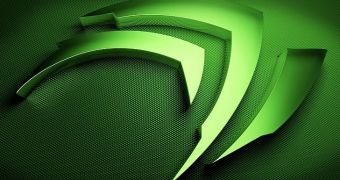NVIDIA has just announced that a new version of its Long Lived Branch driver for the Linux platform, 331.79, has been released and is ready for download.
The new driver from NVIDIA is not an impressive one, but again, the ones that do make it to this particular branch don't usually gather too many major changes. There is a very simple reason for this and it all has to do with the way the drivers are handled.
NVIDIA has three distinct driver versions that are aimed at various users and products. For example, the Long Lived Branch is considered to be the most stable release of all and is the one that usually makes it into the repositories. It's not the most exciting one, but it's supposed to work without any problems.
The Short Lived Branch, on the other hand, is where most of the development happens, along with the Beta. Most of the major features usually arrive first in this version before getting implemented further down the road. This is also the branch that gets updated a lot more often than the rest.
The Legacy Branch is for users with very old video cards. This driver version gets very few updates and usually just to ensure the compatibility with newer releases of the X server or the Linux kernel.
According to the changelog, a bug that caused nvidia-installer to crash in environments where /proc was not mounted has been fixed, a bug that prevented the module signing from working correctly for the NVIDIA Unified Memory kernel module when using module signing keys generated by nvidia-installer has been fixed, and a bug that caused blank screens and flickering when rotating displays in a Base Mosaic layout has been corrected.
Also, a bug that caused BadRRCrtc or BadRROutput errors for big-endian X11 clients that were making certain XRandR requests has been fixed and a bug that corrupted certain software rendering, especially the stippled text used to represent disabled entries in xterm's pop-up menus, has been patched.
The NVIDIA developers provide a single binary file that should work on most Linux distributions out there, but installing it might require a little bit of expertise. You can also wait for this particular driver to arrive in the official repositories.
Check out the announcement for a complete list of fixes and improvements. You can download NVIDIA Linux Display Driver 331.79 for Linux 32-bit and 64-bit. Keep in mind that you will need to manually install the drivers on your system.

 14 DAY TRIAL //
14 DAY TRIAL //